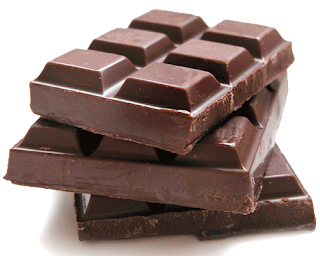 There has been confusion over the tomato's categorization. Technically it is a berry, a subset of the fruit family. But people usually think of it as a vegetable because it is more savory than sweet. And nutritionally speaking, the tomato is categorized as a vegetable. And funny enough- the tomato is the state vegetable of New Jersey, and it is the state fruit of Ohio!
There has been confusion over the tomato's categorization. Technically it is a berry, a subset of the fruit family. But people usually think of it as a vegetable because it is more savory than sweet. And nutritionally speaking, the tomato is categorized as a vegetable. And funny enough- the tomato is the state vegetable of New Jersey, and it is the state fruit of Ohio!Tomatoes grow on a yellow flowering plant that spreads out in vines. The tomato is native to South America but it is grown around the world including the Middle East and Europe. In 2008 China was the largest worldwide tomato producer.


Different Types
There are about 7,500 tomato varieties. They can range in type and size from the 5mm cherry tomato to the 4in beefsteak tomato. Most tomatoes are about 2-2.4 inches. Most tomatoes are red, but other colors including yellow, pink, green, black, multicolored, and striped are available. Plum tomatoes are elongated and grown for canning and sauces. Roma tomatoes comes from the Sacramento Valley. Cherry tomatoes are small and round and often eaten whole in salads. Grape tomatoes are small and oblong, and also used in salads. Campari tomatoes are known for their juiciness and lack of mealiness, size-wise they are in between cherry and plum tomatoes.

Health Benefits
Tomatoes are most known for heart health benefits and anticancer properties. Tomatoes are rich in lycopene, which is a strong antioxidant. It prevents cancer, improves the skin's ability to protect itself from harmful rays, and protects against neurodegenerative diseases. Tomatoes are rich in vitamins A, B, C, E, K, and minerals iron, copper, phosphorus. Other tomato benefits include lowering LDL cholesterol, preventing blood clotting, reducing inflammation, maintaining bone health, maintaining blood sugar, and slowing the aging process. Unlike most other produce, tomatoes are better for you when cooked. Its nutrients are better absorbed by the body when the tomato cells are broken down.
Tomato Interactions
- Tomato is better absorbed by the body when eaten with fat such as olive oil.
- If you cook tomato sauce in a cast iron pot, the acidity of the tomato sauce combined with the iron will increase the iron content of the food
- If you consume tomato with clams, the high iron content of the clams are better absorbed by your body (think Manhattan Clam Chowder)
Food Safety
Cut tomatoes are one of the most potentially hazardous foods. The moisture and acidity is a breeding ground for bacteria. Try to only cut enough tomato that you will be eating. If you have to save cut tomatoes, wrap them tightly in plastic wrap, store in the back of the fridge, and use within 24 hours.
Tomato Recipes

Homemade Vegetable Juice (if you have a juicer)


















